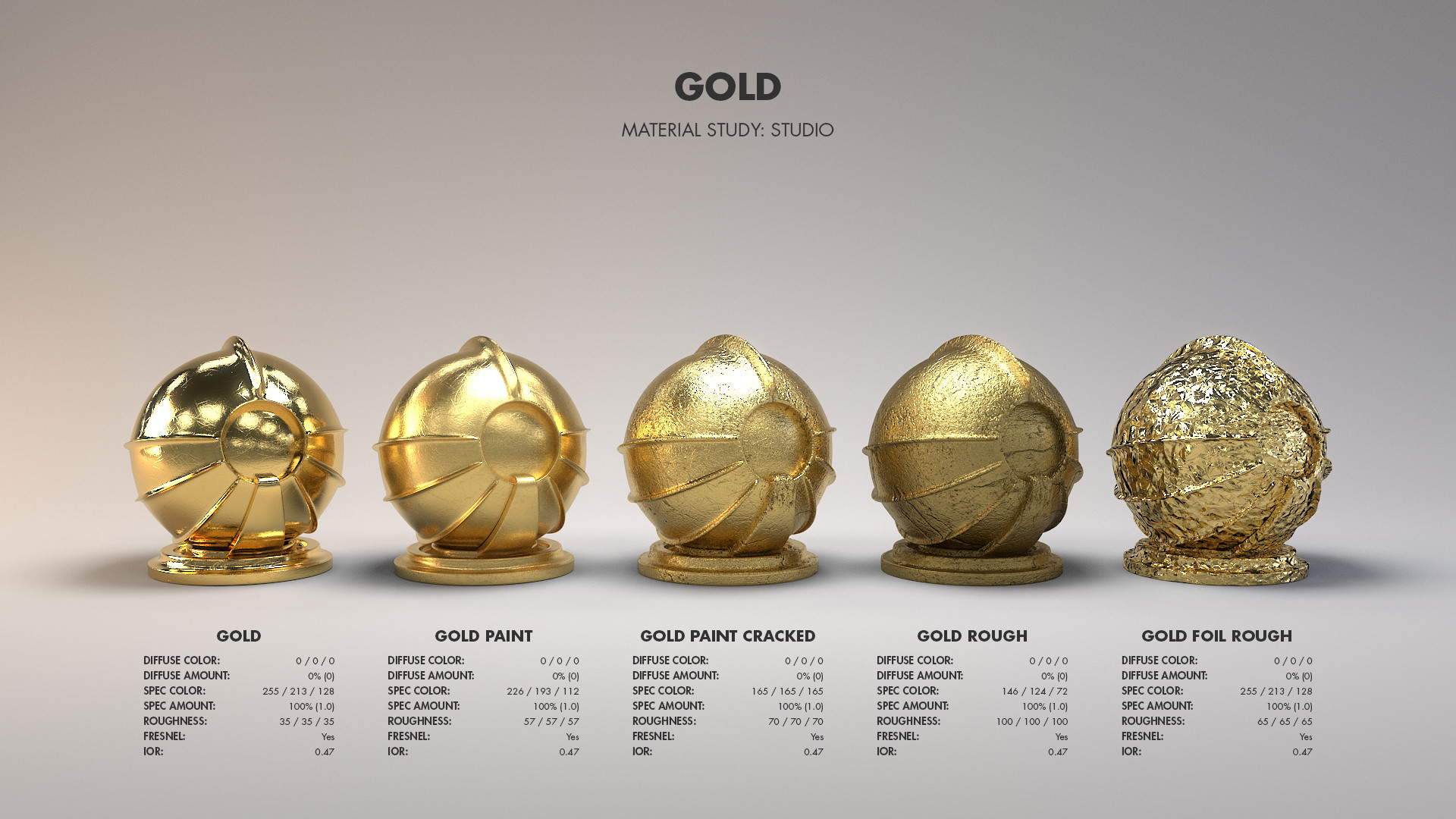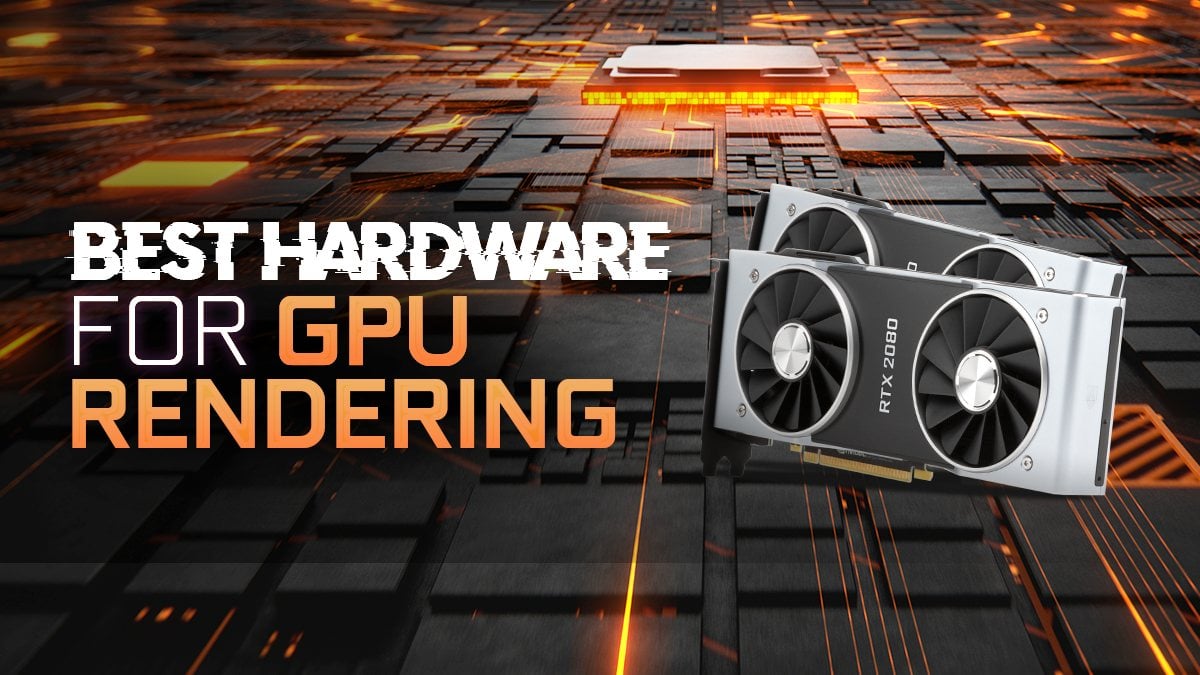Redshift Rendering Technologies (www.redshift3d.com) are looking for a good Blender addon programmer to help us integrate the Redshift GPU renderer to Blender! 3D redshift models for download, files in 3ds, max, c4d, maya, blend, obj, fbx with low poly, animated, rigged, game, and VR options. Redshift's Round Corners shading node produces a shading effect that simulates the look of round beveled edges but without introducing extra geometry. It can also work with intersections of objects, as shown in the images below. Wireframe view of the scene.
- Redshift Blender Beta
- Redshift Benchmark Download
- Maxon Redshift
- Redshift3d Blender
- Redshift Blender Plugin Download
- Redshift also works on multiple platforms, which is a bonus: Microsoft Word 64-bit (7, 8, 10) Linux 64-bit distribution with glibc 2.12 or higher; MacOS El Capitan (10.11) or higher. The 3D program requirements are listed in detail on Redshift’s website, but for the sake of facilitating access to information, here’s a summary.
- To achieve this efficiently with Redshift, you should use the Material Blender shader. The Material Blender supports up to six 'coat' layers on top a base material shader. Since it is important to preserve energy for 'realistic' materials ( meaning, a material cannot reflect more light than it receives ), by default layers are not simply added.
Table Of Contents
Introduction
The traditional method for adding bevels to a mesh is through the 3d app's modelling tools. However, depending on the 3d app, this can be a laborious process, can introduce a lot of extra geometry and requires even more work to handle cases where multiple objects intersect each other.
Redshift's Round Corners shading node produces a shading effect that simulates the look of round beveled edges but without introducing extra geometry. It can also work with intersections of objects, as shown in the images below.
Wireframe view of the scene
Redshift Blender Beta
Parameters
Radius
This controls the size of the bevel. Larger values will produce larger bevels. Since the Round Corners node is a shading trick, it can't represent very wide bevels so we advise using relatively small values to avoid any potential visual artifacts. More information about this can be found below.
Num samples
Round Corners works by shooting rays to 'discover' edges and corners. The 'Num samples' setting controls how many of these probing rays will be used. Larger values will produce smoother results, especially around corners but this will come at the cost of longer render times. We recommend starting with the default value of 6 and only increasing if absolutely necessary.
Round Corners Example
Redshift Benchmark Download
Using the Round Corners node is very simple: all you have to do is connect the node to the lighting shader's 'bump' input, as shown below.
If the object is already using bump mapping, you'll need to use Redshift's Bump Blender node to combine your previous bump map with the round corners node.
In the images below, you can see how this works in Maya. The settings should be identical for all other 3d apps.
We mix a fractal bump map with a round corners node, via a bump blender node
For this example, we used the bump blender's 'additive mode'
And here's the result!
Artifacts and Limitations
Since the Round Corners shading node is essentially a shading trick, there can be cases where it will fail. Here we explore the most common problematic cases.
Effect of radius
When the radius setting is pushed too much, the resultant image will exhibit artifacts that have to do with the number of samples or with lighting. Below we see how the low (default) num samples produce what appear to be triangular artifacts.
Radius 0.05. Looks ok. | Radius 0.1. Still looks ok but some small artifacts appear near corners. | Radius 0.3. Notice the visible triangular artifacts near the corners. |
The triangular artifacts can be helped with a larger 'num samples' settings. However, even then, a large radius setting creates a situation where the lighting/reflection rays are 'rounded' but are getting blocked by the mesh which still has sharp corners and edges! When this happens some edges might not look rounded, as shown below.
Default 6 samples | Increased to 32 samples which helps but some edges still don't look 'round' |
If you bump into this issue, switching to traditional beveling methods might be a better choice for your scene or object.
Another issue that can happen with round corners is with intersecting objects producing 'inner' (hidden) or near-coplanar polygons.
In the following example the hidden sides of the cubes are 'tricking' the round corners algorithm into thinking that there are corners there.

Two cubes, exactly side-by-side | Inner (hidden) polygons producing false edges |
The only solution in this case, is to delete the hidden polygons or boolean the objects together.
Concept artist and matte painter Saul Espinosa‘s round-up of the new features in Redshift 3.0 announced during Maxon’s 3D and Motion Design Show last week. The recording of the livestream starts at 03:30.
Maxon has shown sneak peeks of Redshift, its GPU renderer, running under Metal on current Mac hardware, and of Redshift RT, its new real-time hybrid ray tracing/rasterisation render engine.
Both are due in public preview later this year, alongside a new Redshift integration plugin for Blender.
The news was announced during Maxon’s 3D and Motion Design Show, in what would normally have been Siggraph 2020 week, alongside Project: Neutron, Cinema 4D’s new node-based core architecture.
Redshift on Metal: new Mac port of the renderer due with the public beta of macOS 11.0
During the livestream, Maxon previewed the new Metal port of Redshift for users of current Apple hardware.
Announced at Apple’s Worldwide Developer Conference last year, the switch from Nvidia’s CUDA to Apple’s Metal as a GPU computing API will enable Redshift to run properly on current Mac workstations.
Apple no longer supports Nvidia cards, even as eGPUs, and in any case, CUDA no longer supports macOS.
You can see the upcoming Metal port at 04:40 in the video above, running the standard Redshift benchmark scene inside Cinema 4D on an iMac Pro.
According to Maxon, registered Redshift users will be able to test a preview build in the “next couple of weeks”, although the exact timing depends on that of the public beta of macOS 11.0 Big Sur.
The other key Metal-native GPU renderer for Mac users, Otoy’s Octane X, which was also announced at WWDC 2019, has just been released as a free public preview.
Redshift RT: new real-time hybrid render engine due later this year
In addition, Maxon previewed Redshift RT, Redshift’s new real-time render engine.
A hybrid ray tracing/rasterisation engine, it provides near-real-time feedback on complex production scenes, supporting the same materials and lights as the main Redshift renderer.
The demo, which you can see at 05:20 in the video, showed Nvidia’s open-source Attic USD test scene inside Redshift for Maya, running on a Razer gaming laptop with a Nvidia GeForce GTX 2080 Mobile GPU.
Interactive performance in Redshift RT is noticeably better than in Redshift’s existing interactive render preview, and the resulting image is less noisy.
Maxon described RT as generating “pretty clean results almost instantly”, even with full global illumination.
Redshift RT is still “in active development”, with an initial alpha release due later this year.
Maxon Redshift
Redshift for Blender: new Blender integration plugin due in the ‘next few weeks’
Maxon also confirmed that the new Redshift integration plugin for Blender is coming up for release as part of the ongoing series of experimental public builds of Redshift 3.0, the next major version of the software.
Support for Open Shading Language (OSL) is due “in the next few weeks” with “initial Blender support … soon thereafter”.

You can see an alpha build of the Blender plugin – which already supports displacement, instancing, volumes and the Blender hair object – in the video above, recorded by concept artist Saul Espinosa.
Features already available in public builds include support for GPU-accelerated ray tracing via Nvidia’s OptiX 7 platform and support for NVLink. You can find more details in our original story on Redshift 3.0.
Pricing and system requirements
Experimental builds of Redshift 3.0 are available to registered users of the software for Windows, Linux and macOS. Redshift hasn’t yet announced a date for the official release yet.
The current stable release, Redshift 2.6, costs $500 for a node-locked licence; $600 for a floating licence. Integrations are available for 3ds Max 2014+, Cinema 4D R16+, Houdini 16.5+, Katana 2.6v1+ and Maya 2014+.
Find more details of the new features in Redshift 3.0 on the product forums
(Requires a free user account to view the board)
Redshift3d Blender
See the current status of the Metal port of Redshift on the product forums
(Requires a free user account to view the board)
Related posts:
Redshift Blender Plugin Download
Tags: 3ds max, AMD, API, Blender, Cinema 4D, CUDA, demo, GPU renderer, hardware-accelerated ray tracing, Houdini, hybrid ray tracing, integration plugin, interactive preview, IPR, Katana, macOS, macOS 11.0, macOS Big Sur, Maxon, Maya, Metal, NVIDIA, NVLink, OptiX, preview, price, ray tracing, real time, Redshift, Redshift 3.0, Redshift for Blender, Redshift Rendering Technologies, Redshift RT, release date, rendering, RTX, Siggraph 2020, sneak peek, system requirements, The 3D Motion and Design Show, video
